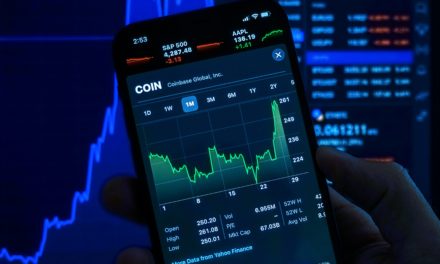Getting positive results on quarterly earnings is always a shot in the arm for a company. However, Coinbase is, almost literally, coining it in as its stock price was up by over 8% as trading ended on Tuesday, August 10th.
Considered the largest cryptocurrency exchange in the United States, Coinbase ended the first half of 2021 with around $1.9 billion in transaction revenue – considerably higher than the $1.57 billion initially predicted by market analysts.
The exchange’s take rate (the difference one gets when you divide retail trading revenues by retail trading volumes) closed the second quarter at 1.24%, slightly higher than the 1.21% it posted at the end of the first quarter. It is the first time that the metric has risen in value over a twelve-month period.
Likewise, the number of Coinbase’s monthly transacting users was pegged at a total of 68 million at the end of June. The exchange also noted that over 9,000 banks and financial institutions are now using it as a platform for creating their own cryptocurrencies and related instruments.
The Q2 disclosure was also the first time Coinbase named PNC Bank one of its partners, along with tech mogul Elon Musk (via Tesla and SpaceX), Wisdom Tree Investments, and Third Point LLC.
A caveat on continuing volatility
However, company execs are quick to warn that it is expecting lower figures for trading values as well as MTUs when the third quarter winds down.
In its guidance, Coinbase stated that its July MTUs were down to 6.3 million. Moreover, trading volume for the month was pegged at a total of $57 million compared to its performance in June. This is despite the fact that numbers went up significantly in the first week of August. Indeed, Coinbase stocks have been volatile since the exchange published its Q2 earnings report.
“When [investors] looked at the future guidance for MTUs and trading volume, the stock turned back,” Oppenheimer analyst Owen Lau explains, citing that the possibility of lower figures in Q3 gave a number of people pause. He added, however, that people eventually noted that there were more positive than negative aspects to the projection.
Lau also cited other factors that caused the drop in MTUs, particularly the low price of Bitcoin throughout July, which made traders somewhat lukewarm about engaging. Another factor was how investors who did not transact within a 28-day period were not counted as MTUs. Nevertheless, he also opined that other factors would push up the MTU numbers towards the end of the year.















